Hamedorea "Bridble": description, care and reproduction
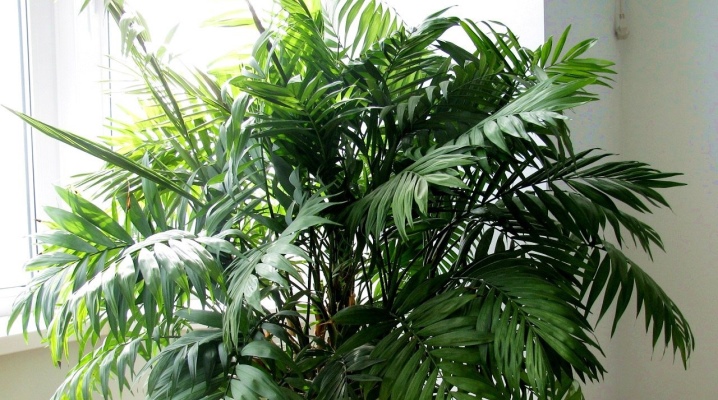
Hamedorea "Bridble" is a tropical guest, planted as a houseplant in central Russia. This palm tree looks attractive, it is considered to bring good luck in feng shui techniques, it helps to diversify the atmosphere in the interior. Having acquired such a pet, it is worthwhile to immediately study what the height of an adult plant will be, how it is looked after at home and transplanted after purchase.

Peculiarities
Hamedorea "Bridble" is an exotic plant, a palm tree up to 1.5 m high. Chamaedorea Breedblading is a hybrid of the popular Elegance plant. The difference from the parent plant in this palm tree lies in the larger size of the flowers, the bright, emerald color of the foliage and shoots.

Under favorable conditions, the plant forms a lush green mass, looks very decorative, can become a real decoration of the interior space.
Among the main characteristics of the Bridble chamedorea palm are:
- creeping stems, green (adults turn brown);
- multiple thin vayi - shoots;
- pinnate arcuate leaves on a long petiole;
- sheet plate, consisting of 12 or more shares;
- paniculate inflorescences, consisting of spherical yellow flowers;
- berry-like fruit, globular, deep black.
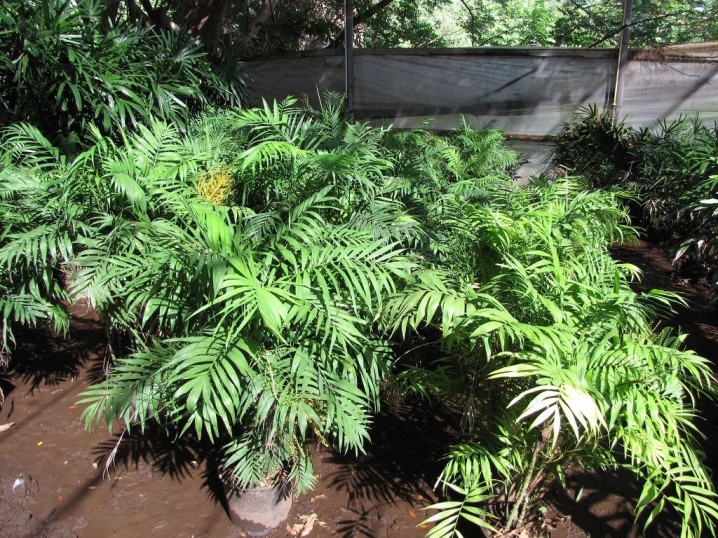
Chamaedorea Breedblading is an edible plant. In its natural environment in the countries of South and Central America, it is used in the preparation of salads. For culinary purposes, unopened buds, fruits, leaves are used.
How to transplant?
After purchasing a bridble chamedorea seedling, you should not rush to move it to a permanent place. The plant is easily injured, hardly tolerates this procedure. At the new location, you should wait at least 14 days for acclimatization. Transplanting into a permanent flowerpot is performed by the transshipment method in a specific order.
- Moistening the substrate. It is necessary for easier separation of the earthy coma.

- Place the leaves in a plastic wrap, protecting them from the negative effects of the external environment. Fix in the desired position so as not to break during transplantation.
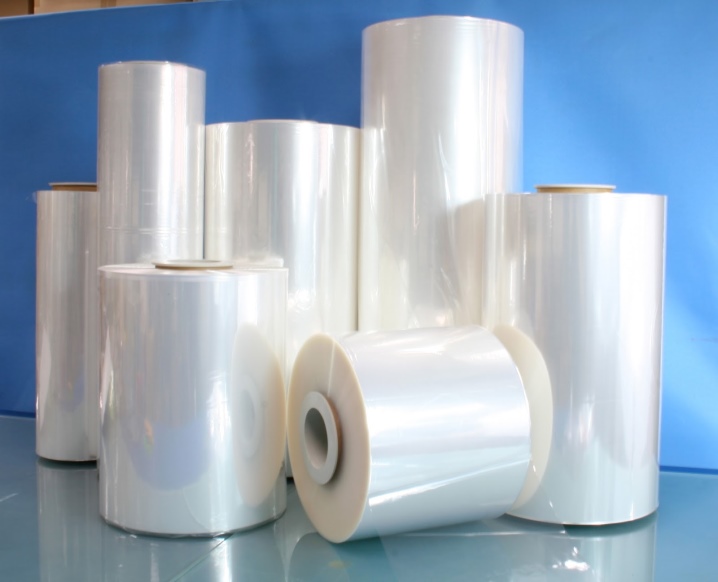
- Gently remove the plant from the pot along with the root system and part of the soil.

It is important not to damage the delicate roots, otherwise the palm tree will not take root.
- Fill a new container with a thick layer of drainage based on expanded clay, crushed natural stone, brick.
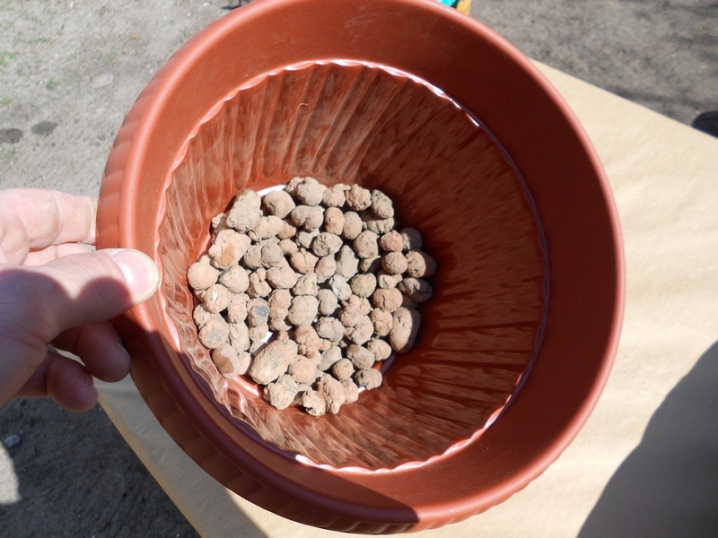
- Set the palm tree on the embankment, cover the roots with the prepared soil substrate, fill the tub with it so that the root collar does not remain bare.
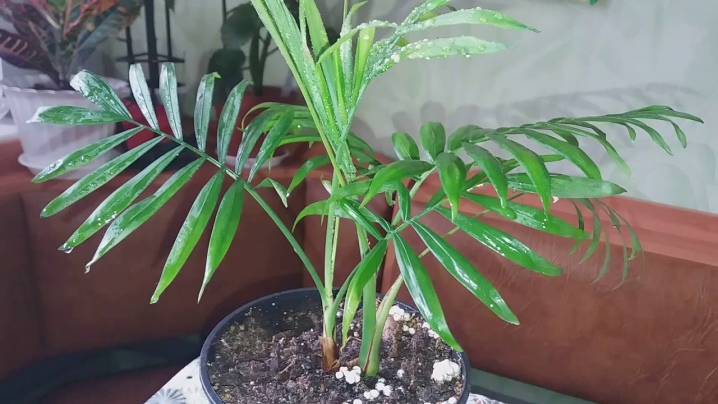
- Remove the fixing polyethylene. Spread the leaves, water the soil.
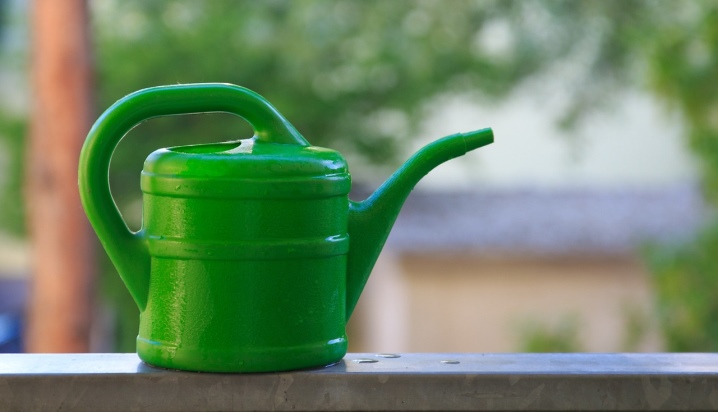
By following these detailed instructions, you can ensure the hamedoree can move to a new location as easily and comfortably as possible. Further as the roots grow and develop, young palms need to be replanted using the same method every 12 months.
Adult plants are transferred to a new place of residence once every 4 years.
The necessary conditions
For the successful cultivation of Bridble chamedorea at home, it is imperative to take into account the tropical origin of this plant. However, this palm can be considered one of the most unpretentious... You need to take care of it no more than other exotic indoor plants, but on the condition that the temperature and humidity conditions are observed according to the standards of the tropical climatic zone.
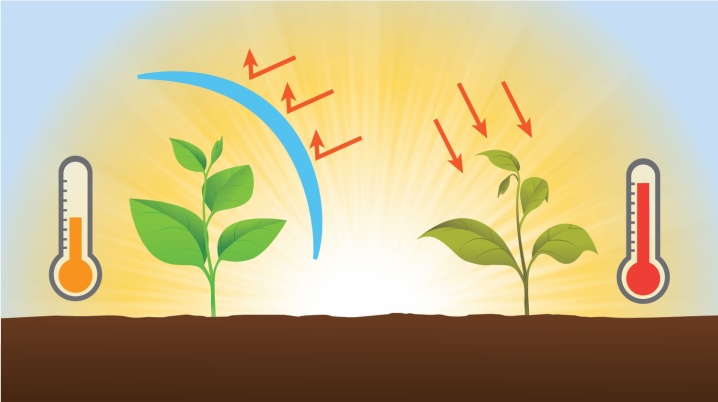
The choice of container for growing also matters. It is worth choosing the most stable tub with a wide base. Every 2 weeks, you need to turn it on the other side to ensure symmetrical development of the shoots, their confident growth.

Fertilization
Hamedorea "Bridble" requires regular feeding - the palm responds well to them, demonstrates rapid and rapid growth. In the period from March to September, fertilizers are applied every 3-4 weeks, the rest of the time they are not used. It is best to choose ready-made granular formulations that can be mixed into the soil at the base of the stem.
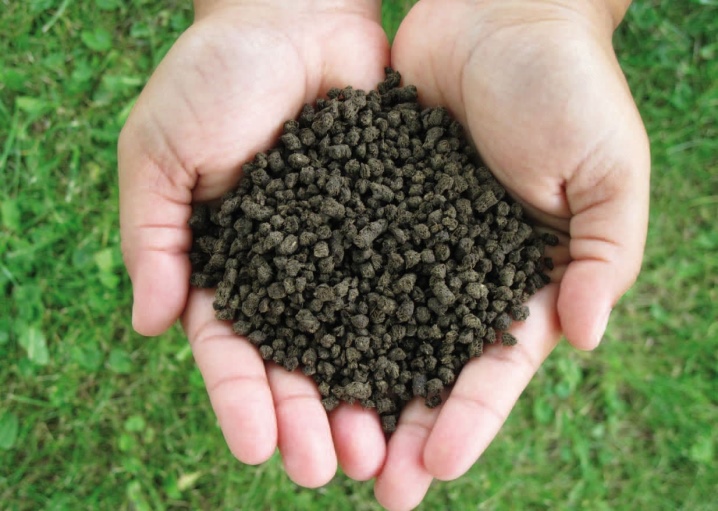
Organic fertilizers are not recommended for exotic species, as well as their liquid forms.
Pruning
An adult palm needs periodic pruning to heal the plant. With its help, you can also give a beautiful, neat shape to the crown. Dry, damaged leaves can be removed with a pruner or garden knife. The instruments are pretreated with alcohol for disinfection.
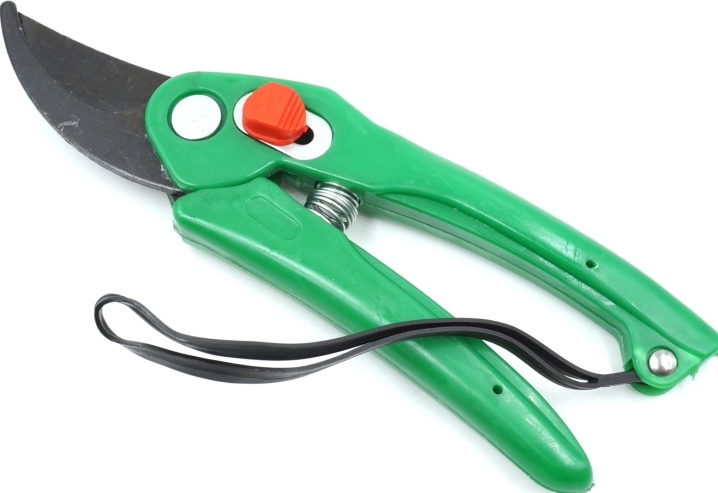
It is necessary to cut as close to the base of the sheet as possible. This will avoid the formation of unaesthetic "hemp". All cut sites are treated with activated carbon crushed to a powder state. You can also use a weak solution of manganese.

Such measures prevent infection with fungal infections, their transfer between different plants.
Watering
Palm hamedorea "Bridble" is very demanding on the frequency of watering. It does not tolerate waterlogging of the soil, but it is insensitive to short-term drought. In the summer, the watering regime for the plant is set at a frequency of 1 every 4 days. But you should not be guided only by the schedule. It is important to pay attention to how deeply the soil has dried: the need for moisture is indicated by its dryness at a depth of more than 4 cm. A damp, rotten aroma emanating from the substrate is a sign that excessive moisture is occurring.
Winter watering is carried out no more than 1 time per week. It is necessary to reduce the amount of moisture in cases where the soil is not yet dry enough. In addition, the plant needs periodic bathing under a warm shower. This measure of influence is applied at least 2-3 times a month using a spray bottle.
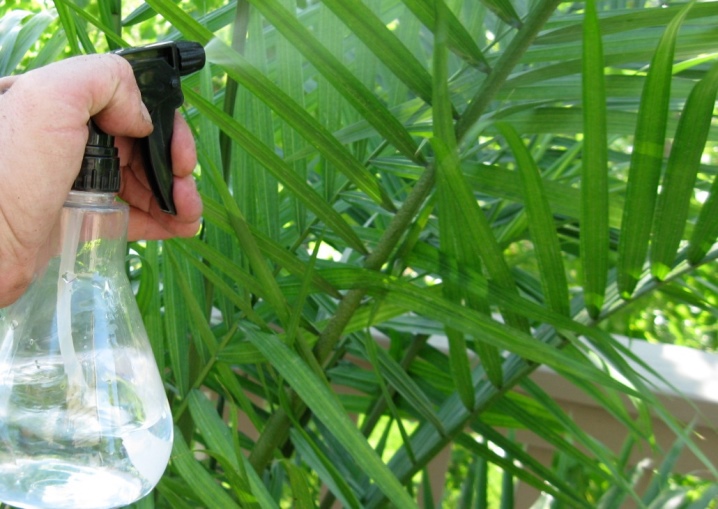
This approach will help keep the crown in order and prevent the appearance of parasites.
It is recommended to irrigate only with settled water with a temperature not lower than + 30 ° С. To soften too harsh environments, you can use citric acid. 1 tsp will be enough. powder in 5 liters of water.

The soil
Hamedorea "Bridble", like other palms, needs to be planted in nutritious, very loose soil. It should be as light as possible, especially for young plants. The soil in the tub should be moisture and air permeable, with acidity values of 6.3-6.5 pH. A ready-made nutritious substrate for growing palm trees can be purchased in stores. When self-forming the soil mixture, it is necessary to combine the ingredients in the following proportions:
- 1 part of peat, humus, turf;
- 0.5 part of agroperlite.
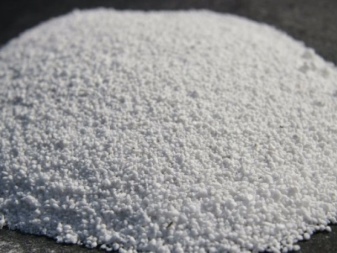
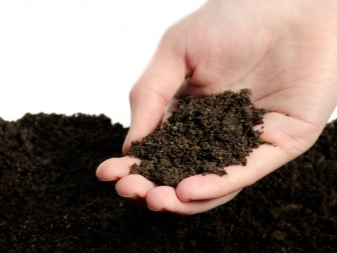
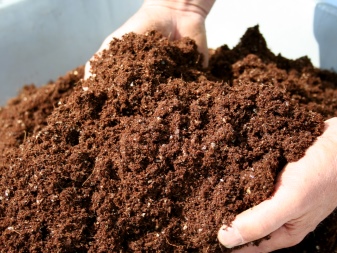
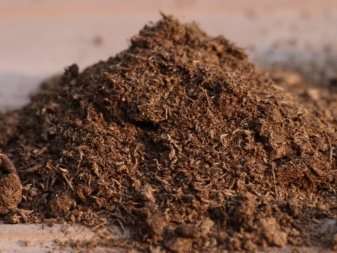
If the correct combination of components is observed, a fairly loose, fertile soil can be obtained, which ensures successful growth and proper development of the plant.
Light
Hamedorea "Bridble" grows in the natural environment in the shade, under the spreading crowns of tall trees. It is not adapted to direct sunlight and needs to be placed in relative safety from their influence. During the day, a palm tree located in a well-lit area needs to be shaded, otherwise the green leaves will receive unaesthetic burns.
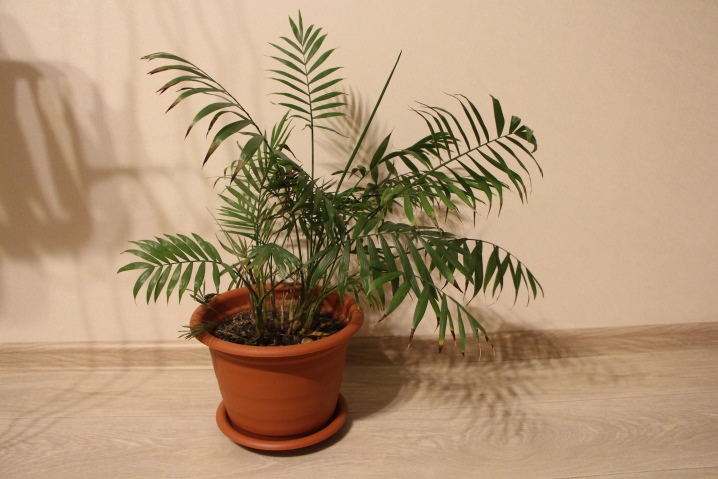
If the plant in the tub is located on the south or east side of the house, apartment, it is recommended to maintain a distance of about 1 m from the window.
Humidity
For a tropical plant, it is not so much the temperature regime that is very important as the parameters of humidity. This figure must be maintained at 60% or more. Contact with an air-conditioned environment, proximity to central heating can lead to the death of this beautiful palm tree. In the summer, it is possible to keep the plant on an open or partially glazed balcony or terrace.
Optimum temperature characteristics for the winter period are about + 16 ° С. In summer and in the off-season, it is recommended to maintain an average microclimate. The best temperature range is from + 22 ° C to + 27 ° C. This will avoid intense evaporation of moisture and help keep the leaves green and juicy.
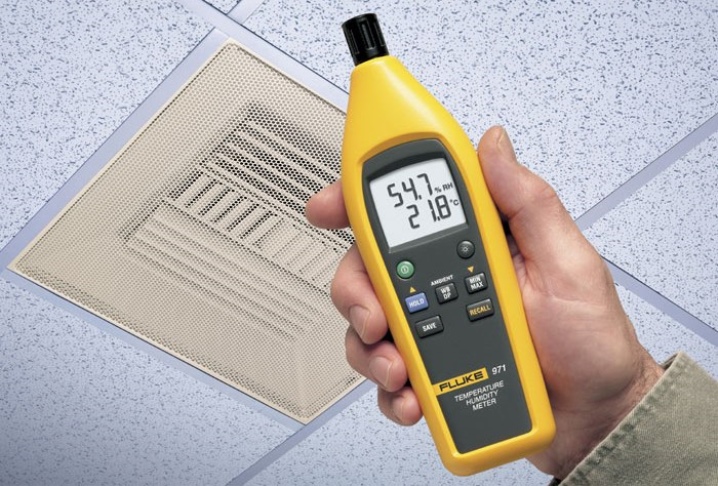
A number of measures are taken to maintain the correct moisture regime when growing the Bridble chamedorea.
- Air humidifiers are installed. They help to regulate the climatic characteristics of the room, especially when it comes to a home greenhouse.
- Spraying is carried out from a spray bottle. In the morning and evening hours, it is recommended to spray the shoots with moisture in order to avoid moisture deficiency.
- Place next to a special fountain that evaporates moisture.
- A container filled with water, expanded clay and sphagnum is installed next to it.
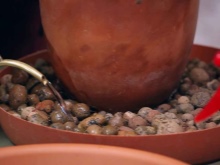
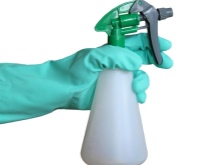

Regular ventilation of the room will help to ensure the correct microclimate. At the same time, it is important that the plant is protected from drafts and sudden hypothermia.
Reproduction
Among the methods of reproduction supported by the "Bridble" chamedorea, one can distinguish vegetative and generative ones. The most difficult method involves the use of seed. The main problem is the short period during which it retains its germination capacity. It is necessary to place the seeds in the ground no later than 2 weeks after collection, having previously soaked in warm water. It is necessary to grow seedlings in a substrate from a mixture of sphagnum, sawdust, sand in equal parts, the container with seeds is covered with a film.
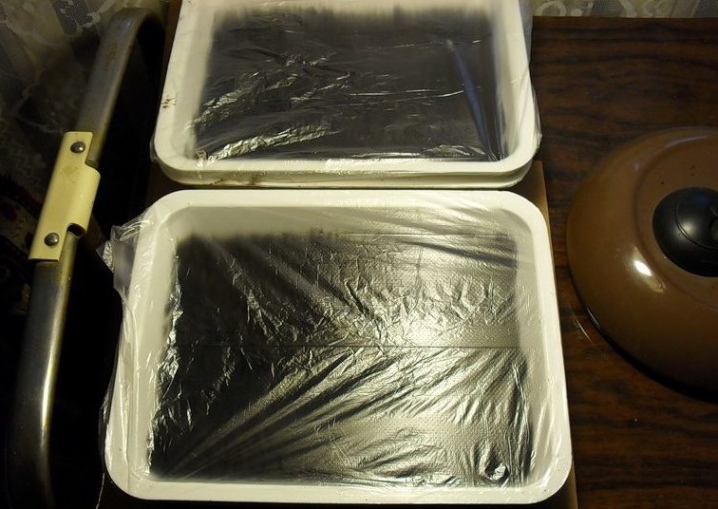
The transplant is carried out when 2-4 leaves appear.
And you can also plant by shoots - children, separating them from the maternal root after the appearance of their own root system and the 7th leaf.
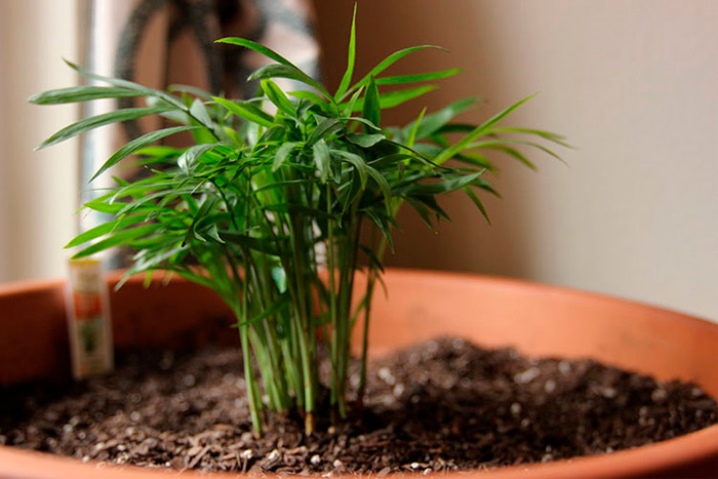
Dividing the bush is rarely used. If it is used, the procedure is combined with a transplant.

Diseases and pests
Like many other exotic plants, the Bridble hamedorea needs a period of winter dormancy, when the frequency of watering and feeding is minimized. Failure to follow these recommendations increases the risk of contracting fungal infections. Most often, they affect the root system, as well as leaf plates. In the fight against the manifestations of the fungus, the preparations "Topsin-M", "Skor" are used, the recommended frequency of the therapeutic effect is 1 time in 10 days until the signs of the plant disease are completely eliminated.

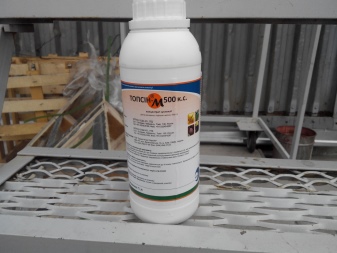
Insect pests can also harm the health of the leaf blades.
- Spider mite. This parasite leaves a cobweb on the back of the leaf and small dots on its front. Additionally, spider mites can carry fungal diseases. That is why it is recommended that the plants be regularly examined, if a parasite is found, they are treated with acaricidal preparations.
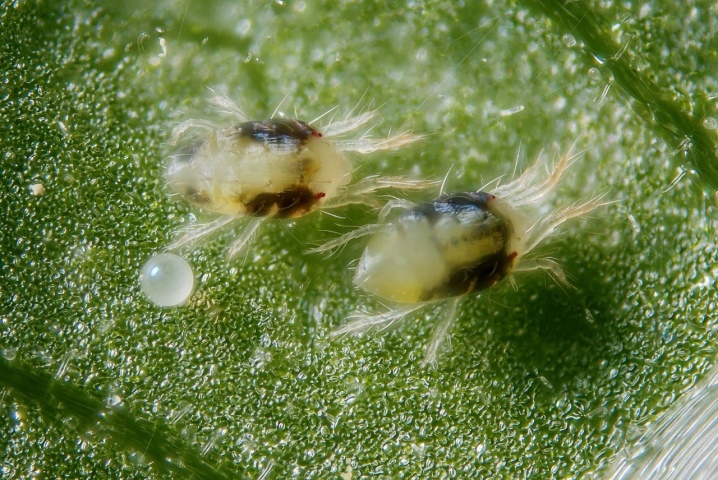
- Shield. This insect damages the plant by feeding on its juices. The accumulation of the pest on the surface of the leaves looks like small spots of white-beige color. With the intensive development of infection, a pad appears - a specific sticky plaque. The fight against the scabbard consists in mechanical cleaning of the leaves with cotton swabs or a stiff brush, then treatment with insecticidal preparations is used.
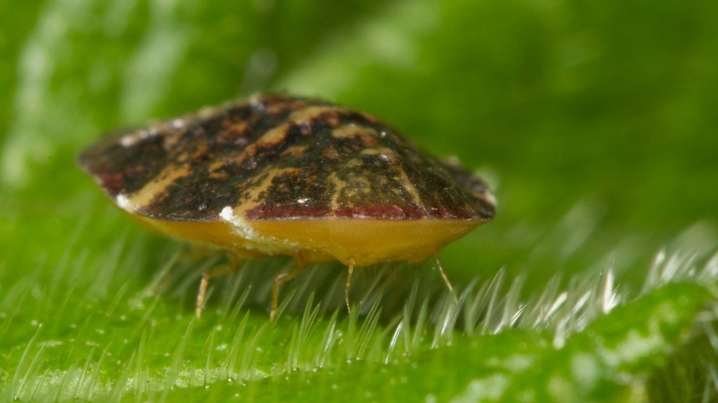
- Mealy worm. This pest leaves behind a whitish coating on the leaf plates. The branches of the damaged palm tree crack, the inflorescences die. At an early stage, the symptoms of the disease can be eliminated by simple treatment with soapy water. In case of intense damage to the organs of the plant, you will have to resort to the help of the drug "Fitoverm".
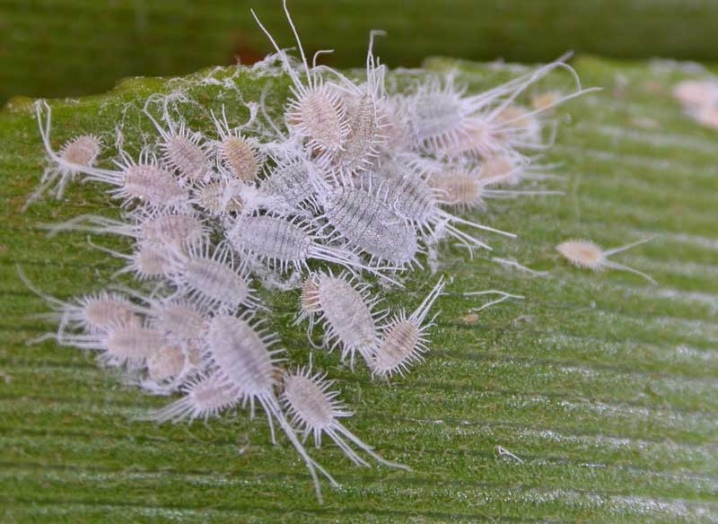
Considering all the possible risks, it is possible to protect the palm tree from possible sources of danger and external threats without unnecessary trouble.
For more information on transplanting, feeding and watering chamedorea, see the video below.































The comment was sent successfully.